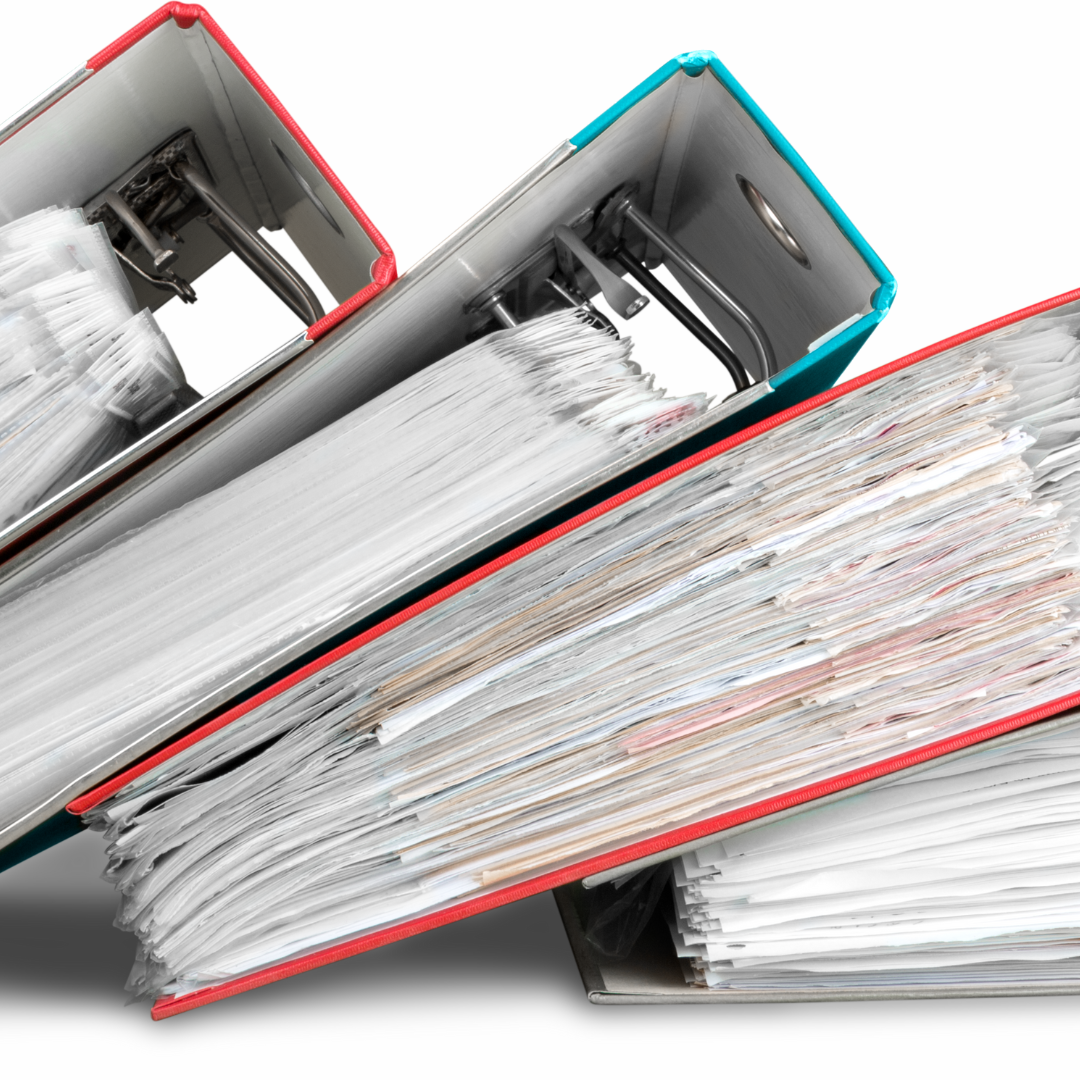Workplace bullying can be an overwhelming experience, often leaving victims feeling isolated and powerless. One vital step in regaining control and preparing for future actions is to document the bullying incidents thoroughly. It’s important to note that this documentation is initially for your own benefit, not for immediate reporting.
Keeping detailed records of bullying incidents helps validate your experiences. It can often feel surreal and difficult to grasp everything that is happening to you, but written evidence provides clarity about what you are experiencing. By documenting, you can identify patterns in the bully’s behavior as well as in your own responses. You can also pinpoint specific times, locations, or triggers that provoke bullying, allowing you to anticipate and prepare for future incidents.
Once you commit to documenting for at least two weeks, the next step is to compile your information in a structured manner. Review your documentation and count the number of bullying behaviors you experienced, noting their intensity if possible. Make a list of the perpetrators along with the locations where the bullying occurred. It is also important to note how you responded to these incidents. Organize your notes in a way that’s easy to review, such as a spreadsheet, a detailed diary, or a digital document with categories for easy reference.
Now you want to answer the following questions:
· What are the times and locations where I am most at risk for bullying?
· Who is involved?
· How are my responses affecting my vulnerability to bullying?
With your compiled documentation, you can now take steps to better prepare and protect yourself. Look for patterns in your documentation to identify high-risk times and situations. Knowing when and where bullying is most likely to occur can help you prepare mentally and strategically. Reflect on your documented reactions and assess their effectiveness. For example, if you find that you are becoming defensive in response to the bullying, consider adopting a different strategy. Keeping a neutral expression and responding with calm, neutral statements can help you stay composed and reduce the bully’s power over you.
Focus on your top three most vulnerable times. Track how your new strategies are working, and adapt as needed. Over time, you can add more vulnerable times to your plan, helping you better manage your workplace bully and regain control.
By taking these steps, you not only protect your well-being but also build a solid foundation for any future actions you might need to take, such as reporting the bullying or seeking support from HR. Remember, documenting is a powerful tool that gives you insight and control, allowing you to face workplace bullying with greater resilience and confidence.
Keeping detailed records of bullying incidents helps validate your experiences. It can often feel surreal and difficult to grasp everything that is happening to you, but written evidence provides clarity about what you are experiencing. By documenting, you can identify patterns in the bully’s behavior as well as in your own responses. You can also pinpoint specific times, locations, or triggers that provoke bullying, allowing you to anticipate and prepare for future incidents.
Once you commit to documenting for at least two weeks, the next step is to compile your information in a structured manner. Review your documentation and count the number of bullying behaviors you experienced, noting their intensity if possible. Make a list of the perpetrators along with the locations where the bullying occurred. It is also important to note how you responded to these incidents. Organize your notes in a way that’s easy to review, such as a spreadsheet, a detailed diary, or a digital document with categories for easy reference.
Now you want to answer the following questions:
· What are the times and locations where I am most at risk for bullying?
· Who is involved?
· How are my responses affecting my vulnerability to bullying?
With your compiled documentation, you can now take steps to better prepare and protect yourself. Look for patterns in your documentation to identify high-risk times and situations. Knowing when and where bullying is most likely to occur can help you prepare mentally and strategically. Reflect on your documented reactions and assess their effectiveness. For example, if you find that you are becoming defensive in response to the bullying, consider adopting a different strategy. Keeping a neutral expression and responding with calm, neutral statements can help you stay composed and reduce the bully’s power over you.
Focus on your top three most vulnerable times. Track how your new strategies are working, and adapt as needed. Over time, you can add more vulnerable times to your plan, helping you better manage your workplace bully and regain control.
By taking these steps, you not only protect your well-being but also build a solid foundation for any future actions you might need to take, such as reporting the bullying or seeking support from HR. Remember, documenting is a powerful tool that gives you insight and control, allowing you to face workplace bullying with greater resilience and confidence.

